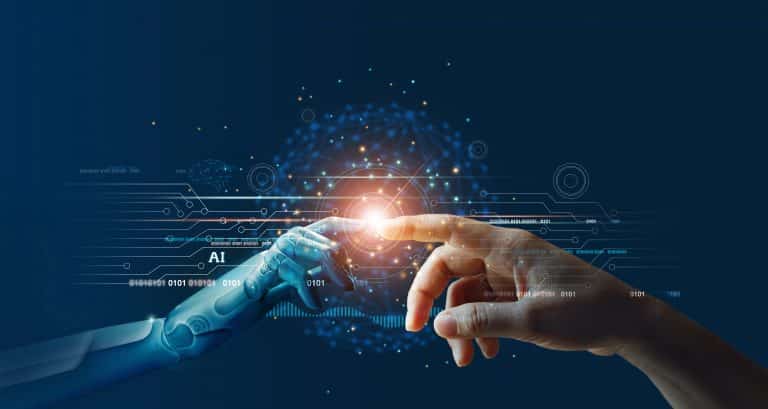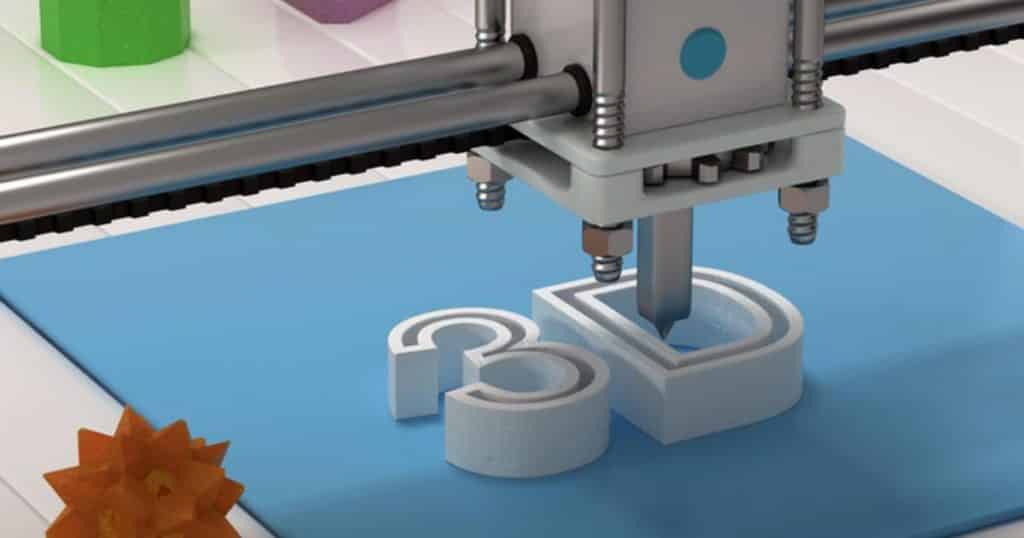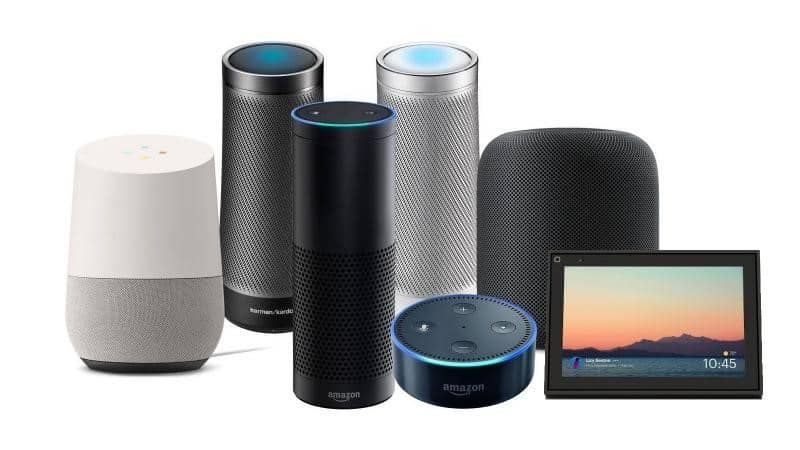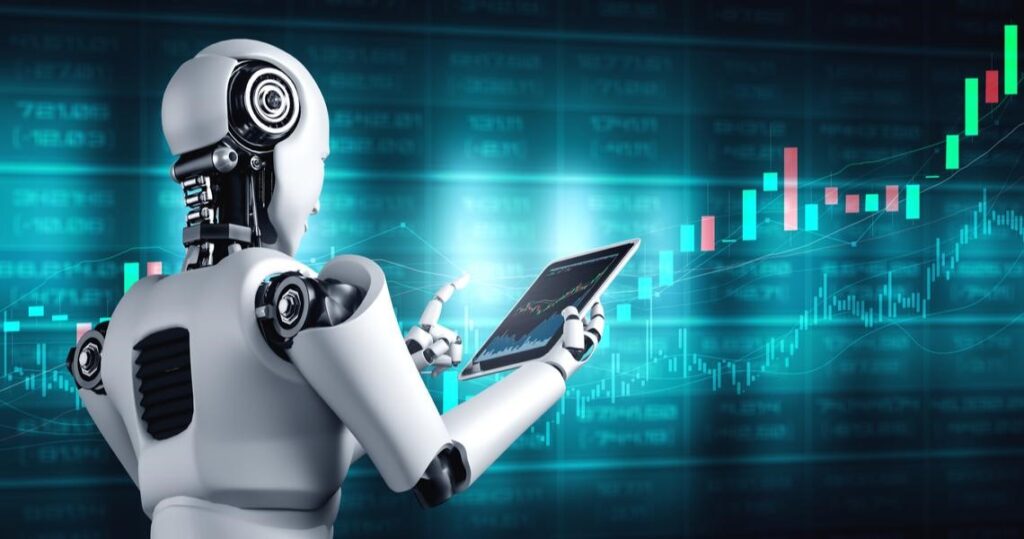Right now, we’re experiencing the fourth technical revolution. It’s the time when innovations and technologies are developing at an incredible pace to meet the evolving needs of consumers. Which areas are the most promising? How will robots and technologies change our lives? We’ve prepared all the most interesting trends to show you the world of the near future.
Contents
Robotics
Before the Covid pandemic, robotic exhibitions all over the world gathered the record number of participants and it’s not just that. The trend of robotics and automation of all stages of production and business processes is a key global trend in technology development. And yes, robots will take away our usual work. Machines are beginning to do better than humans with many tasks from window cleaning to resource management. Many whose work involves routine tasks will have to change jobs before the end of the decade. But the machines that will drive us out of work need to communicate with each other.
Internet of Things
Another important trend worth mentioning on today’s list is the Internet of Things (IoT). And its implementation will require the full development of 5G networks, which will automatically become a trend. 2022 is also likely to be the year when 5G will be further expanded and made available in more countries and remote areas. Stable connectivity and ultra-fast speeds will allow gadgets, robots, and autonomous vehicles to collect and transmit more data than ever before, leading to considerable advances in the IoT.
3D Printing
The next technology that’s changing the world and business is 3D printing. Now printers are powerful enough to print a coffee cup, a house, or a bionic prosthesis. But that is not all. 3D printing is also developing in the field of bioengineering. By the end of the decade, we are likely to witness the creation of organs by means of 3D bioprinting. This revolutionary technology will help create biologically functioning tissues using patients’ own cells and thus reduce the risk of rejection, as well as help address the problem of organ donor shortage. What’s more, scientists note that printing human full copies will soon become a reality. Doesn’t that sound fantastic?
Voice Assistants
It’s a rare user who has never used digital assistants or voice-enabled devices in their lives. Voice technologies enable users to search for goods, communicate, and surf the Internet in a more comfortable and efficient manner. So, in the future, we are promised to see more voice assistants and voice-powered apps integrating into our daily lives. According to the recent predictions, in the next three to five years, every application will integrate voice technology in some way to remain competitive in the market. Voice interfaces are advancing in all industries, as companies are racing to release their own voice technology integrations to accommodate consumer demand. Smart thermostats, smart speakers, and even smart refrigerators have already become a reality and made our life easier and more comfortable. But there are more innovations on the way.
VR and AR
The focus on virtual reality and augmented reality is not going to shift anytime soon. Lots of businesses now use VR and AR technologies to train staff, boost their sales, and provide enhanced UX. The most promising applications in this sphere will be virtual reality-assisted design, simulations, and training, of course. By the way, a significant reason for many users to purchase a VR set is access to a wide variety of sophisticated games like Half-Life, Star Wars, and more.
Artificial Intelligence
An unpleasant yet inevitable trend is the use of artificial intelligence for cyber warfare. The US analysts believe that in the upcoming years, there will be an escalation of cyberwar using AI on both sides of the border. Hackers have long been experimenting with automatic tools for hacking and operating corporate and government networks.
Another important trend coming our way is the crisis of confidence in AL, which will not only collect data from users everywhere but also will be increasingly used to make decisions without human involvement. This requires the development of concepts, such as ethical algorithms and management based on neural networks with explanatory capacity.
Simulation model systems will continue to develop and help machines learn faster and safer in the real world. AI algorithms will be able to interact with each other to perform more complex tasks, learn faster, and help industries grow and develop.







